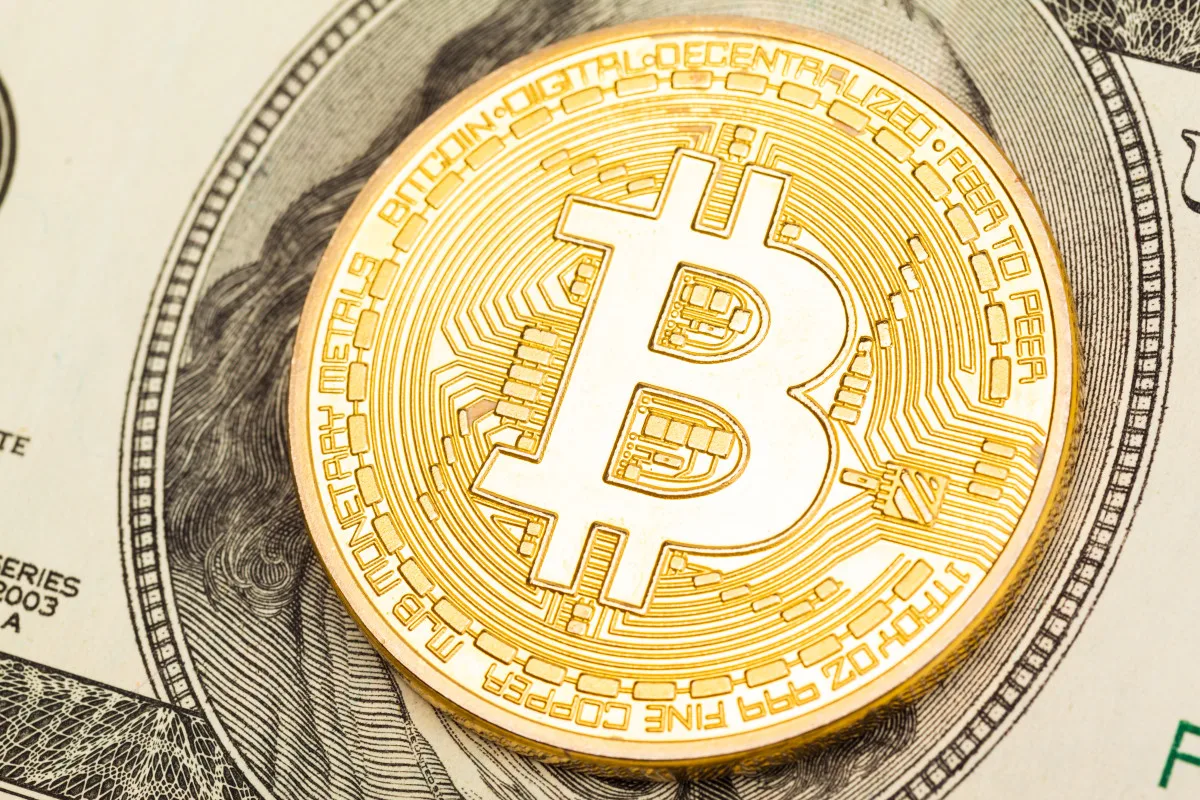Chip Somodevilla / Pool via CNP / SplashNews.com / Chip Somodevilla / Pool via CNP / SplashNews.com
Our Promise to You
GOBankingRates is devoted to delivering fair and balanced reviews, ensuring you have the best insights for your financial decisions. Our analysis is based on rigorous, data-informed methodologies. Advertisers do not sway our evaluations. Discover more about our reviewing standards and how we assess products and services.

20 Years
Helping You Live Richer


Trusted by
Millions of Readers
The concept of a “DOGE dividend check” may seem fanciful, but it sparks conversations around income eligibility and economic implications. James Fishback, who once collaborated with Vivek Ramaswamy on the Department of Government Efficiency (DOGE), introduced this idea, whimsically proposing that 20% of governmental savings be redistributed to taxpayers in the form of a dividend.
Originally shared on X in February, Fishback’s brainstorm caught the attention of both Elon Musk and former President Donald Trump. They discussed its feasibility, sparking varied responses. For some, like Trump, the idea evokes memories of historic economic measures such as COVID-19 stimulus checks. However, there are crucial differences between the proposed “DOGE dividend” and previous strapped times.
Who Could Receive the DOGE Dividend?
It’s imperative to note that a DOGE Dividend check would specifically cater to households that contribute more taxes than they receive. Low- to moderate-income families, who often benefit from more tax credits than they remit in taxes, are unlikely to qualify. The Tax Foundation highlights that the bottom 50% of earners in the U.S. contribute around 3% of the total income taxes. Additionally, a study by the Pew Research Center underlines that those earning below $40,000 typically gain more in credits than they pay. Therefore, these groups wouldn’t receive such checks.
Potential Inflation Ramifications
There are ongoing debates over whether these initiatives could stoke inflation concerns. Past constraints have shown that an influx of money into the economy can stimulate inflationary pressures. Nonetheless, Fishback believes the outcome wouldn’t be as inflationary. He suggests that those frequently paying taxes might save, invest, or decrease their debt burden. In contrast, experts like Aaron Razon from CouponSnake argue that taxpayer spending might increase, subsequently affecting supply lines and prices, similar to earlier measures.
Joseph Camberato, CEO of National Business Capital, echoes this notion, recalling previous stimulus payments during COVID-19 that led to similar patterns. Although a one-time dividend might have milder impacts, the monetary influx could still lead to rising prices.
Is the DOGE Dividend Check Feasible?
The actual implementation of DOGE Dividends remains speculative. Financial analysts express assorted perspectives on its feasibility. As Camberato mentions, despite DOGE-driven fiscal cuts, the ongoing deficit poses significant hurdles. Still, Lucas Barcelo from Thrivin Life suggests that the current administration may contemplate such initiatives to secure public confidence.
In conclusion, whether or not DOGE dividends become reality, it’s vital to manage your finances prudently. Razon cautions against over-reliance on such proposals, which may lead to overspending and neglecting key financial priorities. Remember to stick to budgeting, saving, and debt management principles.
Note: GOBankingRates provides balanced insights on financial topics, offering coverage on significant money-related news. Learn more at GOBankingRates.com.
For more insights on maintaining financial health, Click Here For More Personal Finance tips and strategies.
Discover more from Make Money Online and Work From Anywhere
Subscribe to get the latest posts sent to your email.




